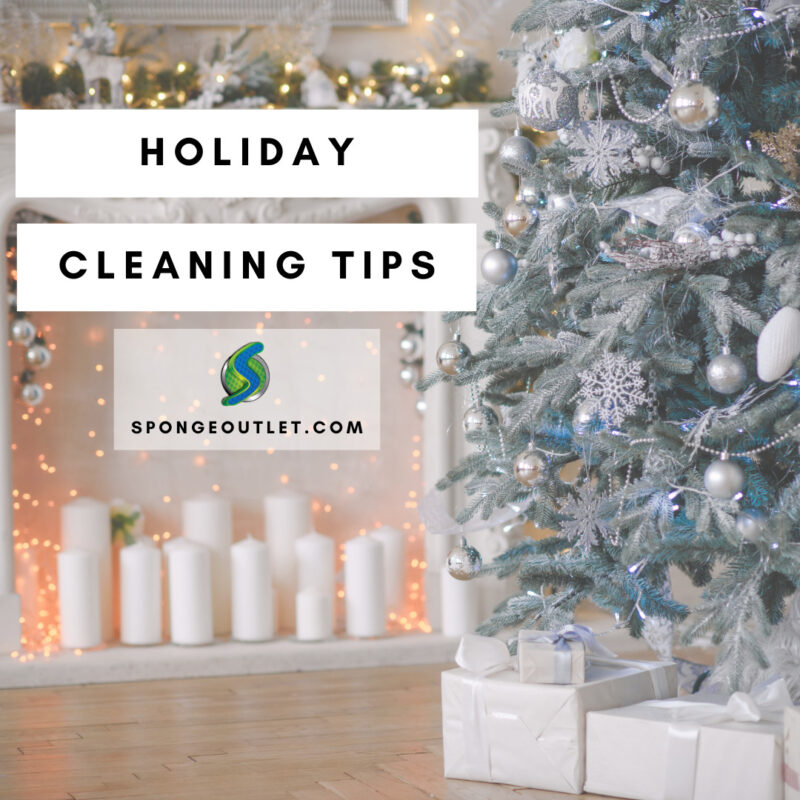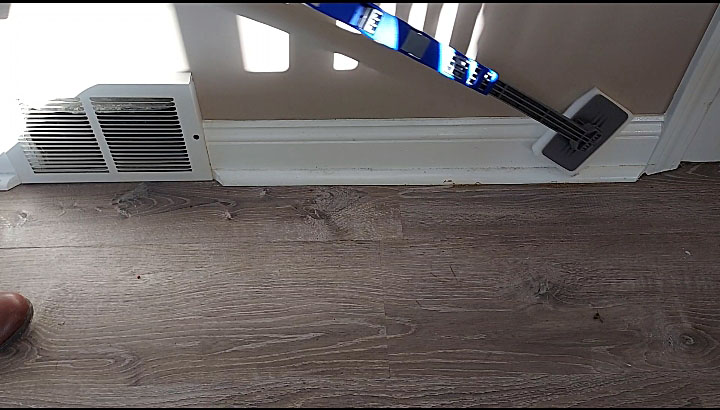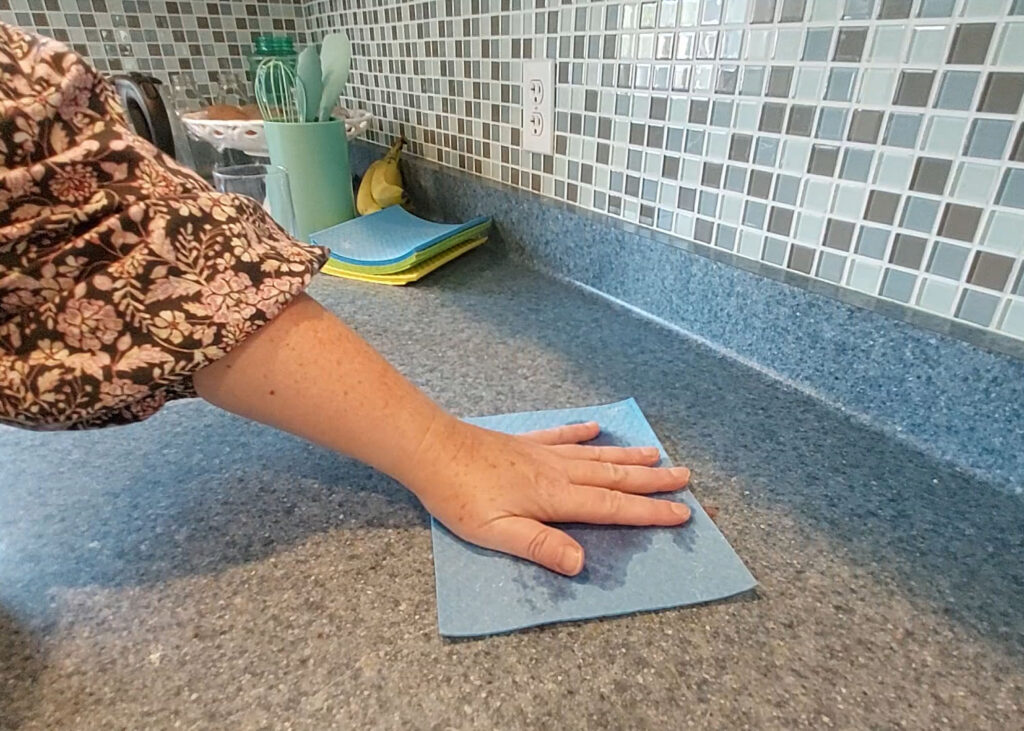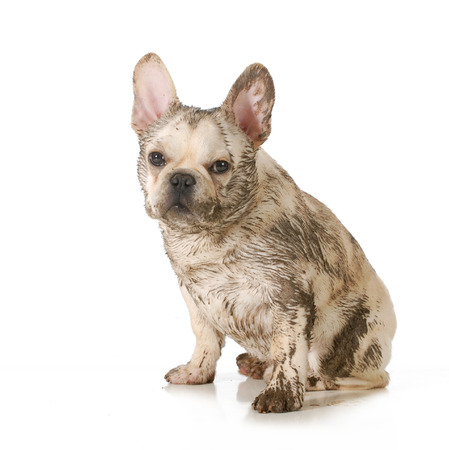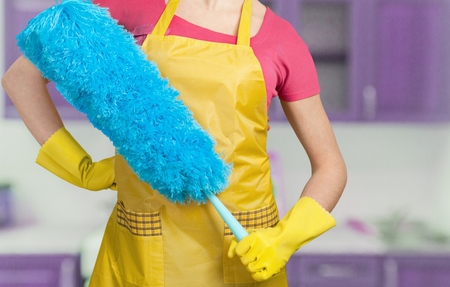
Is dusting just about your favorite pastime? Yeah, we didn’t think so. Here at SpongeOutlet, we’re not crazy about it either, but our years of perfecting cleaning methods and products have taught us a thing or two about the right way to clean your home. And, while you may think dusting is as simple as wiping your furniture with a microfiber cloth, we’re here to tell you that you’re skipping a few steps.
Read on to learn about how to dust the most effective way, in our must-know dusting lesson.
Must-Know Dusting Advice: Make a Plan
Start out by making a plan, or map of what you’ll need to dust: if you prefer lists, that works too. The reason we suggest making a plan is that dust is everywhere, and many people skip very dusty spots simply because they get distracted by other dusty spots when they get started.
- A good rule of thumb is to dust one room at a time, and don’t just think about the surface: your bathroom, for example, may need to have its walls dusted. Moist air from your shower can cause dust to stick to the walls and baseboards with a little more sticking power than in other rooms.
Start at the top and work your way down. If you have a ceiling fan, dust that first. If you have crown molding, dust that second. Then, tackle the walls, then the furniture, and finally give the floors a good sweep. Dusting your room will upset the layers of dust on your floors and furniture, so starting up high ensures that you’re not leaving any misplaced dust behind. A strong finish with a vacuum cleaner is the best.
Must-Know Dusting Advice: Remove Everything
The first thing to do when dusting a room is to remove all of the items on the surfaces of your tables. You’ll be able to easily dust all surfaces and hard to reach areas, but remember: before you bring your stuff back into the room, make sure you give it a thorough dusting. It would be a shame to spend an hour dusting, only to re-deposit a pile of dust on your perfectly clean tabletops!
 Must-Know Dusting Advice: Choose your Tools
Must-Know Dusting Advice: Choose your Tools
We already mentioned a vacuum cleaner: utilize the extension tools that came with it, and don’t forget to change the settings for when you switch from carpet to hardwood. It might seem silly, but it actually makes a difference in how much stuff you pick up.
Microfiber dusting wands are a great alternative to chemical dust sprays, but those can be effective if used properly, especially on that expensive antique furniture in your living room.
- Pro tip: if you’re not sure how best to clean a particular item of furniture, ask your local hardware store or furniture store for advice. There are different rules for different woods, as well as laminate surfaces.
For dust that’s a bit out of hand, use a damp microfiber cloth, like the ones available from SpongeOutlet.
Must-Know Dusting Advice: Get Preventative
According to HGTV, one of the best ways to “dust” your home is to prevent the dust from accumulating in the first place. You can do this by investing in new air filters for your air conditioner and heating systems.
- If you’re really anti-dust, you can get rid of your carpeting and opt instead for washable throw rugs. Carpet tends to trap dust, and even when it’s been properly vacuumed, it often has a bit left behind.
Decluttering your surfaces is another great way to make dusting easier: without all of those pesky nooks and crannies to tend to, dusting will be easier and more efficient, costing you less time on your weekly chore list.
Must-Know Dusting Advice: Dry to Wet
If you have hardwood or tile floors, you may be inclined to mop them regularly, but it’s important to dust them first. Use a dry mop or broom to sweep away any dust that’s on your floors, because once you turn on the water, the dust will clump and become more difficult to remove.
- So, a good rule of thumb: always start with a dry mop, and then switch to a wet one. The same applies when you’re dusting vanities or sinks in your kitchen and bathroom.
 Must-Know Dusting Advice: Frequent Repeats
Must-Know Dusting Advice: Frequent Repeats
Now that you have a plan of action, the key to keeping a dust free home is to dust it frequently. You don’t have to make it an everyday chore, but at least once a week is a good rule of thumb. For households with a lot of pets and people, you may need to double or triple up.
For more cleaning tips, check out our blog, and learn about all of our products here. Happy dusting!

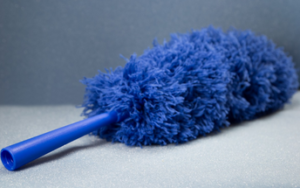 Must-Know Dusting Advice: Choose your Tools
Must-Know Dusting Advice: Choose your Tools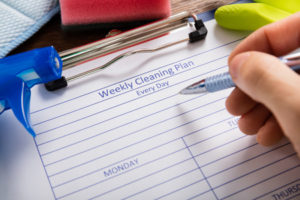 Must-Know Dusting Advice: Frequent Repeats
Must-Know Dusting Advice: Frequent Repeats Wash Your Bedding After Getting Sick
Wash Your Bedding After Getting Sick
 Most people use their basement as a storage space, and if you’ve lived in your home for a while, chances are there are tons of random items piled up down there. Take your time and sort through all of your belongings. Open every box and bin, and make sure you take a good inventory of what you have.
Most people use their basement as a storage space, and if you’ve lived in your home for a while, chances are there are tons of random items piled up down there. Take your time and sort through all of your belongings. Open every box and bin, and make sure you take a good inventory of what you have.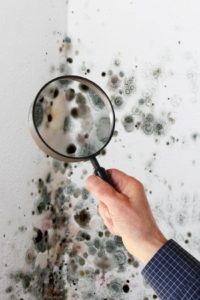 Get Rid of the Musty Smell in Your Basement
Get Rid of the Musty Smell in Your Basement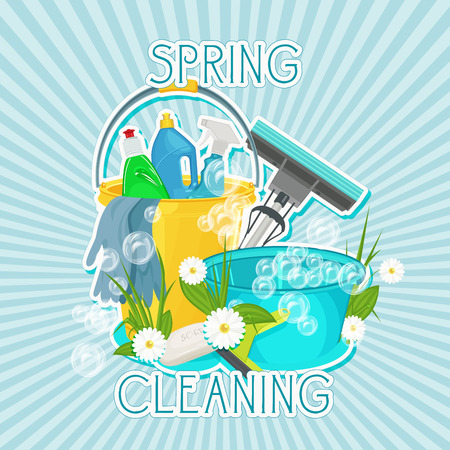
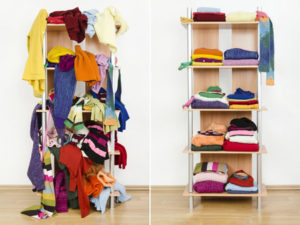 The best thing to do first when spring cleaning is to de-clutter. Take everything out of your closets, first. Get rid of winter clothing that you didn’t wear this season or last season, and pare down by getting rid of anything you don’t love anymore. Make sure you donate clothing that’s still in good shape to your local Good Will or charity.
The best thing to do first when spring cleaning is to de-clutter. Take everything out of your closets, first. Get rid of winter clothing that you didn’t wear this season or last season, and pare down by getting rid of anything you don’t love anymore. Make sure you donate clothing that’s still in good shape to your local Good Will or charity. Take it one room at a time in the interior of your home, and plan to split this process up over a few days; getting everything done all at once won’t work!
Take it one room at a time in the interior of your home, and plan to split this process up over a few days; getting everything done all at once won’t work!
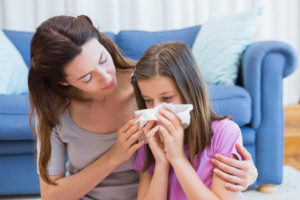 Prevent Illness
Prevent Illness